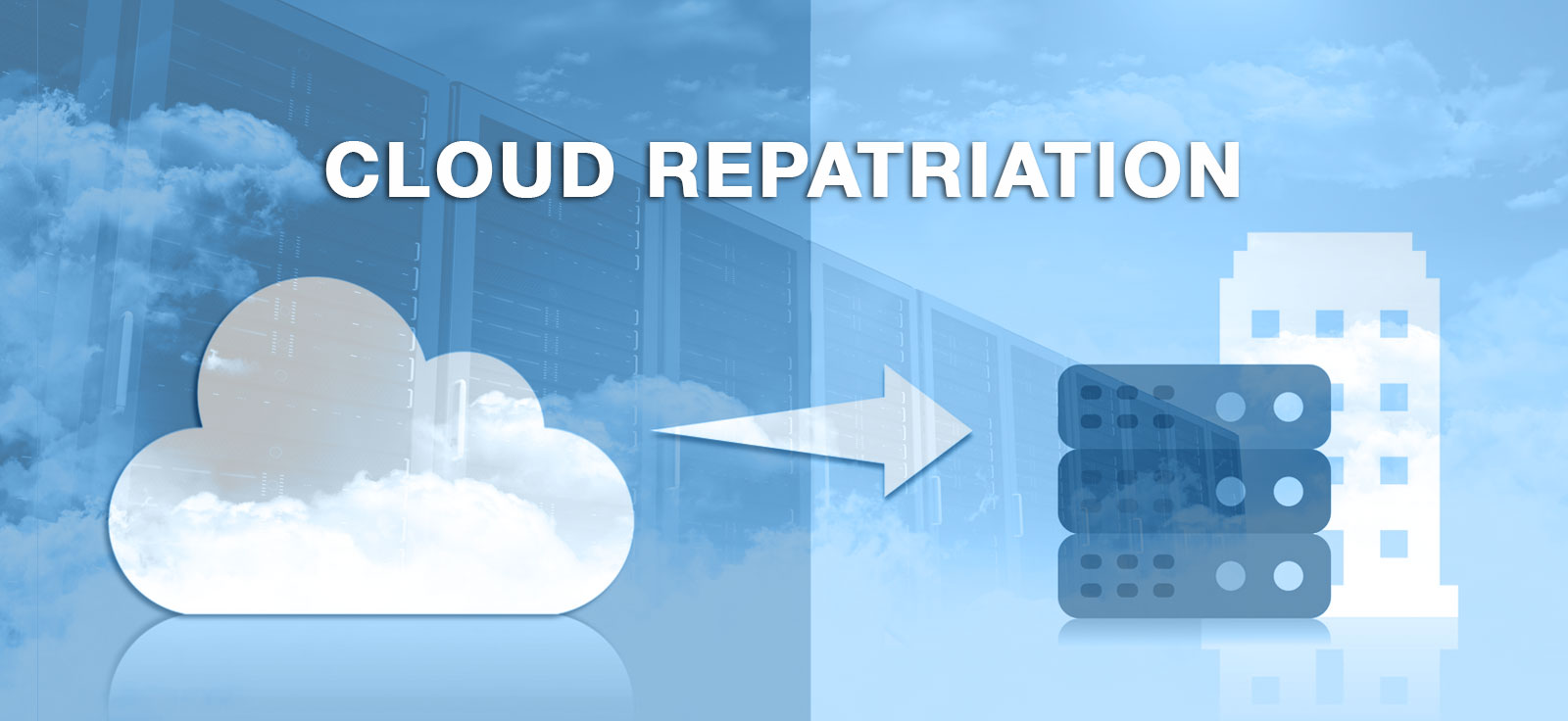Using multiple cloud providers to support different applications and workloads
The options for cloud services are getting more varied. Companies that were previously limited to choosing between a public cloud, a private cloud, or a hybrid cloud can now use multiple cloud vendors. Many companies are using four or more vendors.
There are various reasons for using multiple cloud providers:
- Reduced vulnerability. Having another cloud provider is a way of having an alternative source in case the current systems can’t run due to lack of power. If one cloud provider is being unreasonable or charging too much, the second cloud can often replace the first one. In layman’s terms, multiple clouds are a way of not putting all one’s eggs in the same basket.
- More scale. Additional cloud providers are a way of adding scale to the businesses’ information systems.
- Different parts of the business may have different needs. This is especially true in large organizations and businesses that have locations all over the world.
- Compliance and regulatory issues. Some clouds may be used to protect HIPAA-protected information while other clouds may be used to protect credit card data. Different nations have different compliance rules. For example, the European Union has its own compliance directives. Separate clouds for separate compliance issues or locations are a practical solution.
- Latency needs. Applications that must respond quickly to customer commands can go through one cloud while less demanding applications can run through a second cloud.
- Different uses. Different cloud providers can support different applications and different workloads.
Multi Cloud Collaboration issues
While multiple clouds have many benefits, there are downsides.
- Currently, there are no standards for cloud service providers. This presents a variety of interoperability difficulties for the servers, interfaces, and technologies. Scripts and workarounds have to be developed to make the different cloud services work together.
- Each cloud environment has different features. Trying to segment each department or each application in separate clouds can be impractical if it’s necessary for the departments or applications to work with each other. A strategy has to be developed to integrate the different clouds.
- Switching clouds may not be easy. Cloud service contracts should be timed and constructed so that it’s easy to leave one cloud for another if the need arises. IT departments should be prepared for the possibility that migrating from one cloud to another often has many practical difficulties. Even if the transfer can be done, it may mean the company has to go offline for a substantial amount of time while the migration takes place. Companies should ask about Active Data Replication (ADR) technology, which should make the migration easier.
Multiple clouds create multiple security risks. Each cloud has its own set of security risks. Using a combination of clouds only increases the security risks. Using different clouds can also mean that multiple training sessions will be needed for the same user.
Get help understanding how to manage multiple clouds
Multiple clouds can work well if there is the proper collaboration between the different cloud users and cloud services. Informed consultants can advise businesses on which cloud services are available, what the pros and cons of each cloud service are, and how to manage and integrate the cloud service.
Ready to See How Volico Data Center Can Help You?
To speak with an experienced cloud service consultant, please get in touch with us. We can help you select the right cloud service strategy.
Discover how Volico can help you with your Cloud Hosting needs.
• Call: 888 865 4261
• Chat with a member of our team to discuss which solution best fits your needs.












